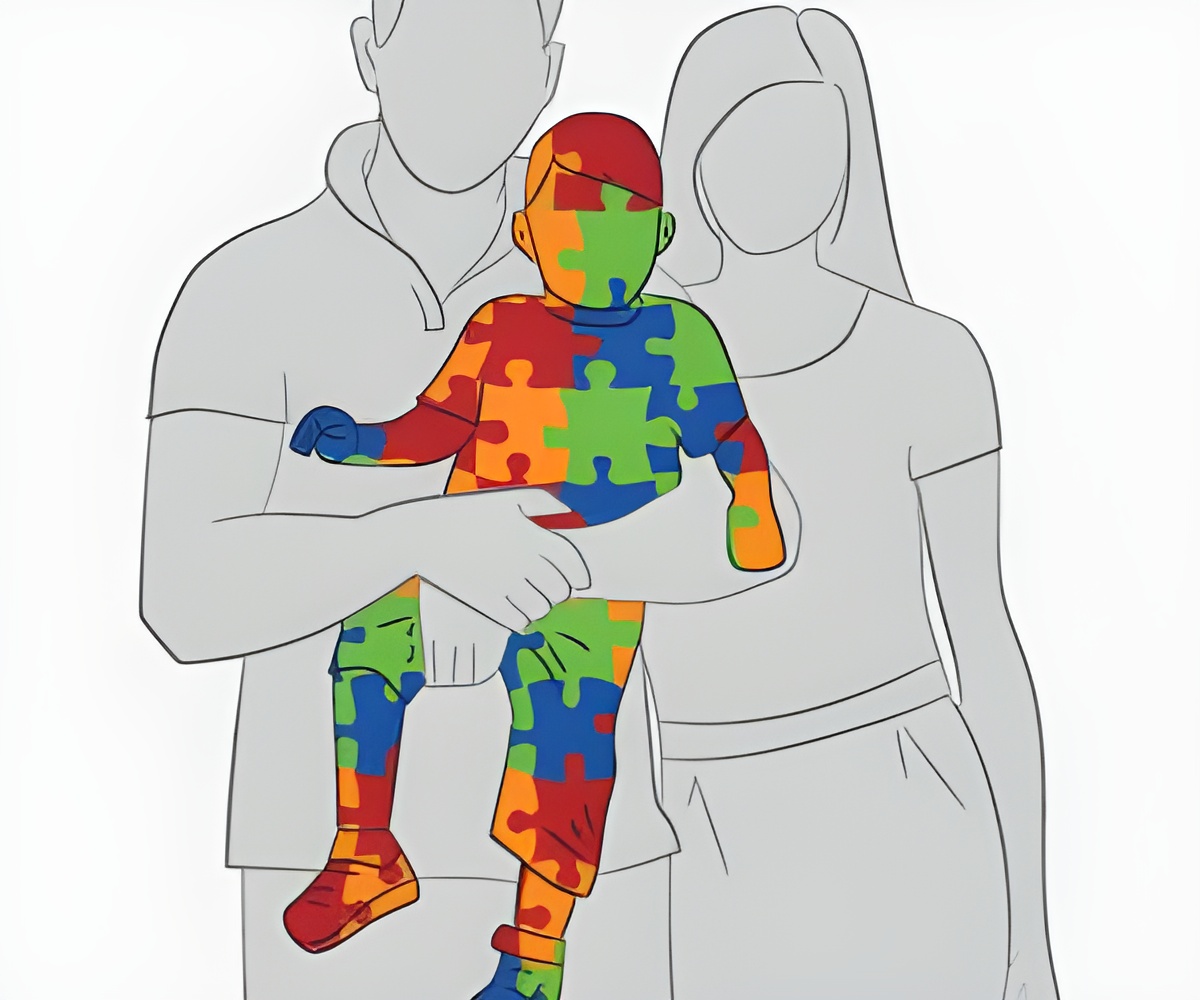
‘Researchers used a mouse model with one of the most common genetic mutations found in autism spectrum disorder 16p11.2 deletion, or "16p" for short.’
Tweet it Now
Nerves and blood vessels not in synch "If you imagine you have a luxury car--a Ferrari--and it's beautiful, sitting in your garage. But if you don't put gas in the tank, the car won't drive," says Dr. Lacoste. "It's exactly the same with the brain. It's the most complex organ, but if you don't have blood supply, the brain just doesn't work properly."
Normally, when brain cells light up, blood rushes to the active brain region, a phenomenon called 'neurovascular coupling'. But when neurons of mice with the 16p deletion are stimulated, this study found that vascular responses in those brain regions were delayed and weaker.
This disconnect--or 'neurovascular uncoupling'--was shown to originate in the blood vessels themselves: Arteries isolated from these mice and kept alive in a medium also showed a weak and sluggish response to chemicals that induce dilation of blood vessels. The team further isolated the source of the deficit in the endothelium, as opposed to the other cell types, such as muscle cells, that surround blood vessels.
Difficulties in development
Advertisement
By adolescence, the mice still showed reduced vascular density in their brains. Interestingly, in contrast to the problems in the circulatory system, the researchers found that the neurons in the brains of these young mice appeared to be surprisingly well organized.
Advertisement
"It's a bit like if a plumber comes to your house and does a bad job installing the pipes," says Dr. Lacoste. "You will have trouble getting the right water pressure in your sink from then on."
Blood vessels and autistic behavior
When a person or mouse carries a 16p mutation, that genetic difference is replicated in every cell in their body. This makes it harder to pin down the cause of systemic developmental differences.
To address this difficulty, Dr. Lacoste's team generated mice that only expressed the mutation in their endothelial cells--so-called "conditional mutants". These mice showed similar deficits in their vascular development as whole-body mutants.
Remarkably, although every other cell in their brain and body was genetically normal, these conditional mutants displayed some behavioural signs of autism: hyperactivity, stereotypic movements, and motor learning impairment.
This indicated that the problems in the blood vessels contributed to neuronal dysfunction, which in turn led to the outward signs and symptoms of autism.
Further avenues of inquiry
The researchers used an equal number of male and female mice and found more pronounced effects in male mice, suggesting that females may have other tools, such as estrogen, that either compensate or mask the deficits. They suggest this as an avenue of inquiry, as well as the role of blood vessels in a broader range of neurodevelopmental disorders, which could lead to novel diagnostics and therapeutics.
Source-Eurekalert












